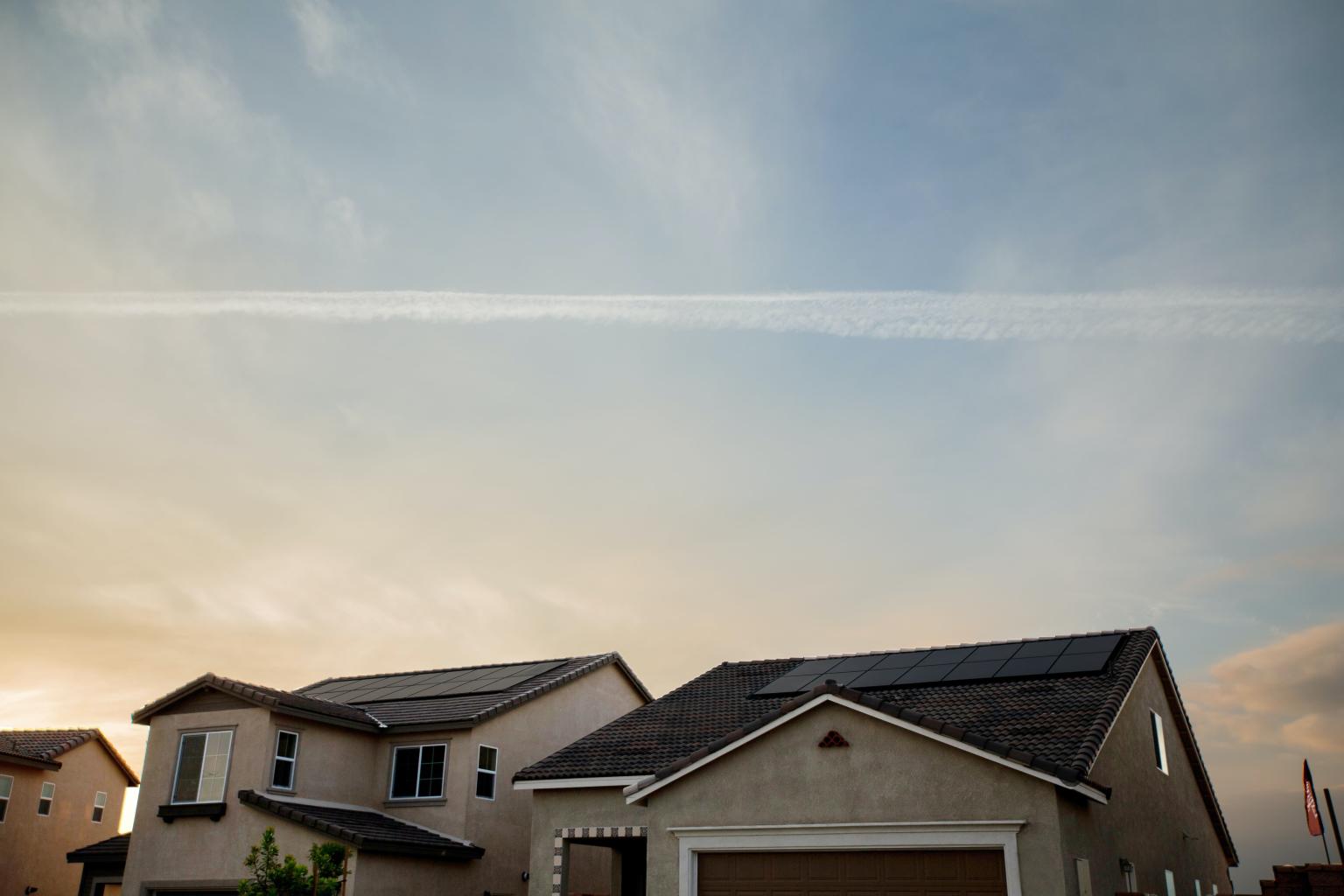Due to clean energy tax credits, “businesses have announced plans to create over 20,000 new clean energy jobs and invest over $32 billion into South Carolina’s economy over the next decade,” Sean Sullivan, founding and managing partner at EMPWR Solar, wrote in a commentary piece published in the South Carolina Daily Gazette.
As he discussed on his LinkedIn page, “Seeing the potential in the solar Industry, I decided to enter the space in 2015 and open my own company in South Carolina. After a year of heavy involvement building out systems for sales and operations, I decided to add installation and bring on my first crew.” Since then, he helped launch EMPWR Solar, which now actively serves 16 states, with 10 more on the way. He wrote from his firsthand experience, “These clean energy tax credits are critical for businesses, like mine, here in South Carolina in order to maintain investment and continue growing the manufacturing base within the Palmetto State.”
As of the first quarter, according to the Solar Energies Industry Association, over 2,600 MW of solar had been installed in South Carolina, enough to provide energy to over 325,000 homes. Additionally, after investing $210 million last year, the state’s solar market was valued at $3.4 billion, powered by 80 companies providing jobs for more than 3,000 South Carolinians. “Retaining the existing energy tax credits will allow businesses in South Carolina to continue to develop and deploy renewable energy technologies, which are vital to improve grid resiliency, promote greater efficiency that results in lower energy costs for everyone, and foster economic opportunities in our rural communities,” Sullivan observed.
Besides solar, multiple other South Carolinian industries have benefited from the state’s clean energy transition. “These strategic investments in advanced energy manufacturing, electric transportation, and electric grid resilience are powering job creation, revitalizing rural areas, and positioning South Carolina as a national leader in American-made energy,” the Charleston County resident further explained. However, in late May, the U.S. House narrowly pushed through a reconciliation bill that took a sledgehammer to these same tax credits, compromising American leadership in those industries.

Photo Courtesy EMPWR Solar
Sullivan elaborated that these investments are more essential than ever in the face of skyrocketing energy demand, “South Carolina’s power grid — like much of the nation’s — is aging and under rising pressure. Demand from data centers, manufacturing expansions, and electric vehicles is expected to surge over the next decade.” Clean energy can be a component of an all-of-the-above energy strategy that ensures the state can meet its energy needs and avoid the worst consequences of an energy deficit. “Strategic energy investments, supported by stable tax policies, will help us avoid future grid shortfalls, prevent the risk of rolling blackouts, and reduce long-term energy costs for South Carolina families and businesses,” he commented.
The solar executive added that although the state’s electricity rates are below the national average, they have risen about 6% year-over-year. “Reduced incentivized investment in clean energy infrastructure could lead to even higher prices due to a reliance on more expensive, traditional power sources,” Sullivan concluded.
Different energy sources ensure that local communities are not left powerless if one of them goes down. Therefore, Sullivan wrote that diversifying energy sources makes good business sense, “Energy diversification mirrors a sound investment portfolio. Just as diverse assets protect against market volatility, multiple energy sources safeguard against physical and cyber threats.”
Sullivan also made the case that diversification brings energy independence. This bolsters energy security by reducing reliance on other states and countries: “If we’re manufacturing these technologies here in South Carolina, we are securing our energy independence by growing our ability to produce what we need at home and having greater control over our supply chain.”
Sillivan also pointed to the uncertainty caused by the change in administration earlier this year, causing AESC to pause construction of its manufacturing facility in Florence, which would create 1,600 jobs in Pee Dee. Likewise, shifting gears on the tax credits after three years of full implementation would be bad for South Carolinians, he argued, “Businesses have planned with these tax incentives in mind and rely upon them for capital allocation, planning, and project commitments — all of which would be threatened by the whiplash of major changes to these credits or further restriction.”
He also pointed out, “Tax credits are not a new concept — they have been a bipartisan policy tool used for decades to support emerging technologies. From artificial intelligence to biotechnology, to government investments driving technologies like GPS and the internet, these investments have repeatedly demonstrated their value.” He posited that they can be just as beneficial for the clean energy industry, which will, in turn, provide jobs and invest in local communities.
The South Carolinian businessman concluded, “South Carolina businesses are ready to build — ready to invest in local workers, modern energy systems, and secure supply chains. But we need policy certainty to stay competitive. Keeping these energy tax credits will empower American enterprise, protect ratepayers, and secure South Carolina’s leadership in 21st-century manufacturing.”





